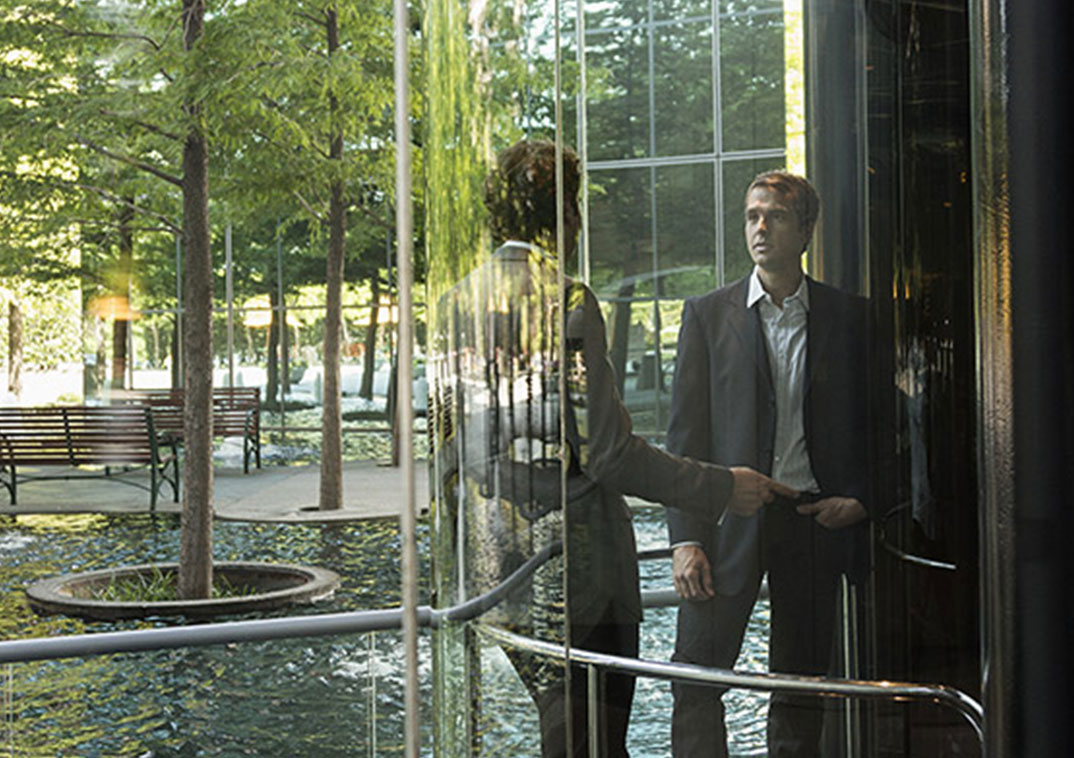While ensuring the safety and functionality of observation elevators, improving the viewing experience of passengers requires comprehensive design and optimization from multiple dimensions. Here are some specific suggestions and measures:
Use high-strength, high-transparency safety glass (such as laminated glass or tempered glass) to ensure its impact resistance and explosion-proof performance.
Follow local building codes and elevator safety standards (such as EN 81 or ASME A17.1) in the design to ensure the load-bearing capacity and operating stability of the elevator.
Equipped with real-time monitoring cameras and sensors to monitor the operating status of the elevator and the external environment (such as wind speed, temperature, etc.) to detect potential risks in a timely manner.
Introduce AI algorithms to analyze data, predict possible failures and perform maintenance in advance.
Install emergency braking systems and backup power supplies to ensure that the elevator can stop safely in emergencies.
Provide clear emergency call buttons and voice prompts to facilitate passengers to quickly seek help.
Establish a strict maintenance plan and regularly check the key components of the elevator (such as guide rails, motors, glass, etc.) to ensure long-term stable operation.
Use frameless glass or curved glass design to minimize visual obstruction and provide a 360° wide field of view.
Add a transparent skylight on the top so that passengers can enjoy the high-altitude landscape.

Install adjustable LED light strips inside the elevator to change color and brightness according to time, weather or festivals to create different atmospheres.
Use soft indirect lighting to avoid glare while highlighting the external landscape.
Set up touch screens or projection equipment in the elevator to display the history of the building, information about surrounding attractions or real-time weather conditions.
Combine AR (augmented reality) technology to provide passengers with virtual tour guide services to enhance interactivity and fun.
Design ergonomic handrails and seats to improve the comfort of long-term riding.
Control the temperature and humidity in the elevator to ensure a riding environment suitable for all seasons.
Play soft background music or natural sound effects (such as birdsong, waves) to relieve passengers' tension.
Equipped with noise reduction technology to reduce mechanical noise during elevator operation.
Adjust the acceleration and deceleration curves of the elevator to make it run more smoothly and avoid shaking that affects the viewing experience.
Reasonably set the running speed according to the floor height, leaving enough time for passengers to enjoy the scenery while ensuring efficiency.
Design unique theme elevators (such as ocean theme, future technology theme, etc.) according to the architectural style or cultural characteristics of the area.
Use special coatings or patterns on the glass to present artistic effects at specific angles.
If conditions permit, you can design a multi-stage sightseeing elevator (such as segmented lifting) to allow passengers to stay at different heights and enjoy different levels of scenery.
Set up rotating elevators in high-rise buildings to allow passengers to enjoy the city landscape in all directions during the ascent.
Use energy-saving drive systems (such as permanent magnet synchronous motors) and solar-assisted power supply to reflect the concept of green environmental protection.
Apply anti-ultraviolet coating on the glass surface to protect the health of passengers and extend the life of the glass.
Set up QR codes or touch screen questionnaires in the elevator to invite passengers to evaluate the viewing experience.
Use data analysis tools to explore user preferences and continuously optimize the design.
Explore new materials and technologies (such as smart dimming glass, holographic projection, etc.) to reserve space for future upgrades.
Through the above measures, the passengers' viewing experience can be significantly improved while ensuring the safety and functionality of the sightseeing elevator, making it a highlight of the building and an important facility to attract tourists.











